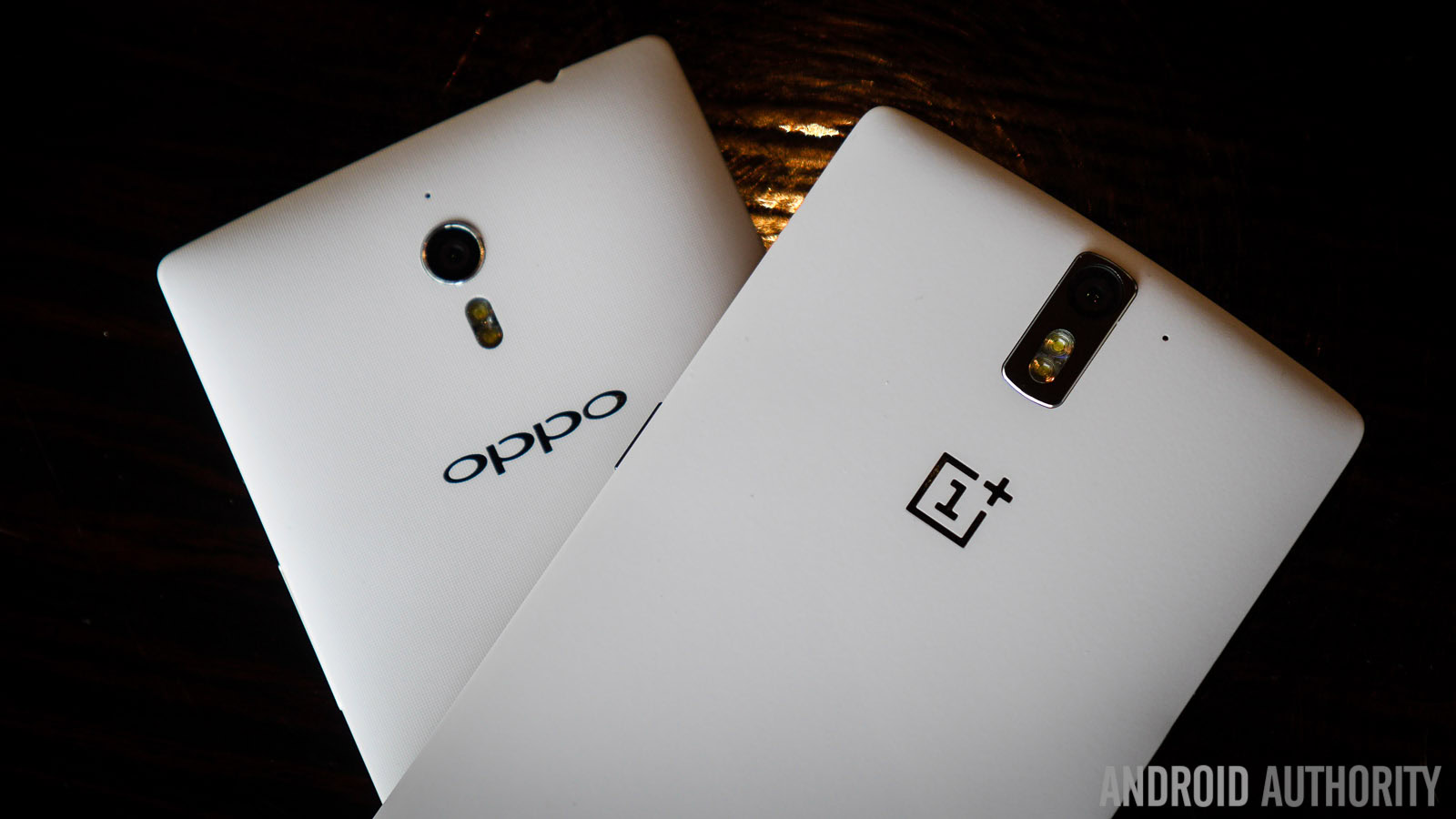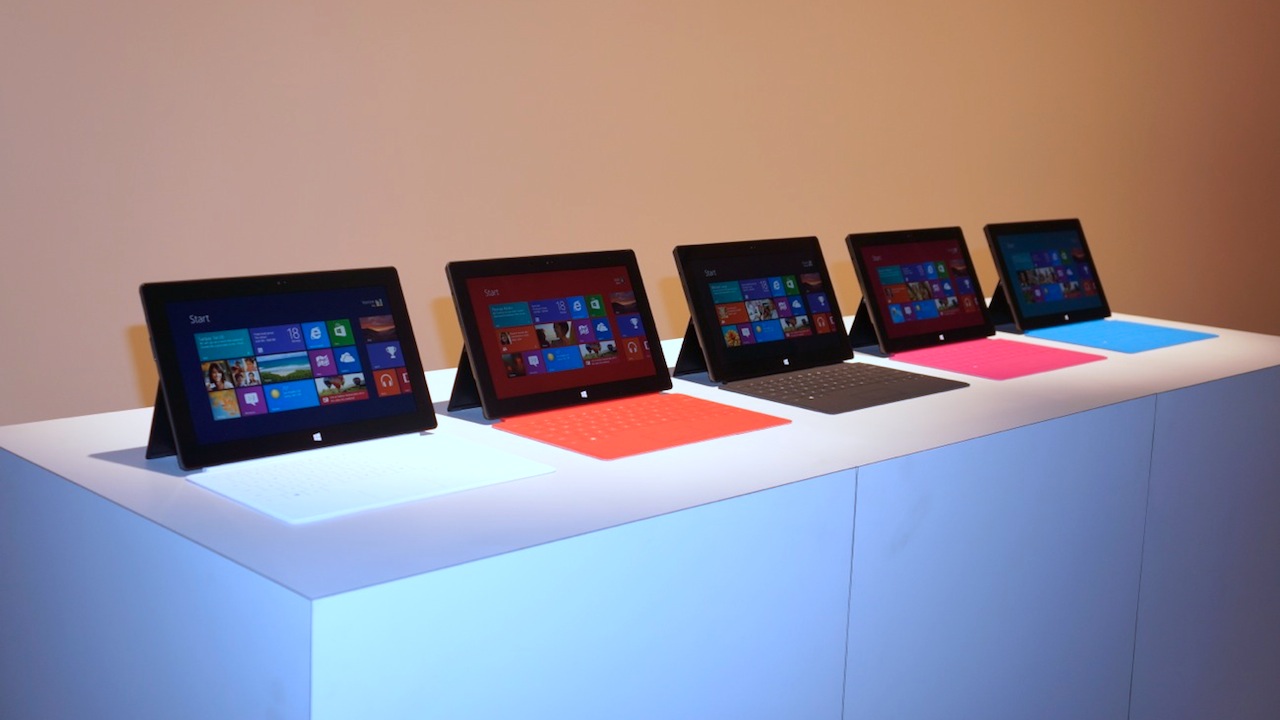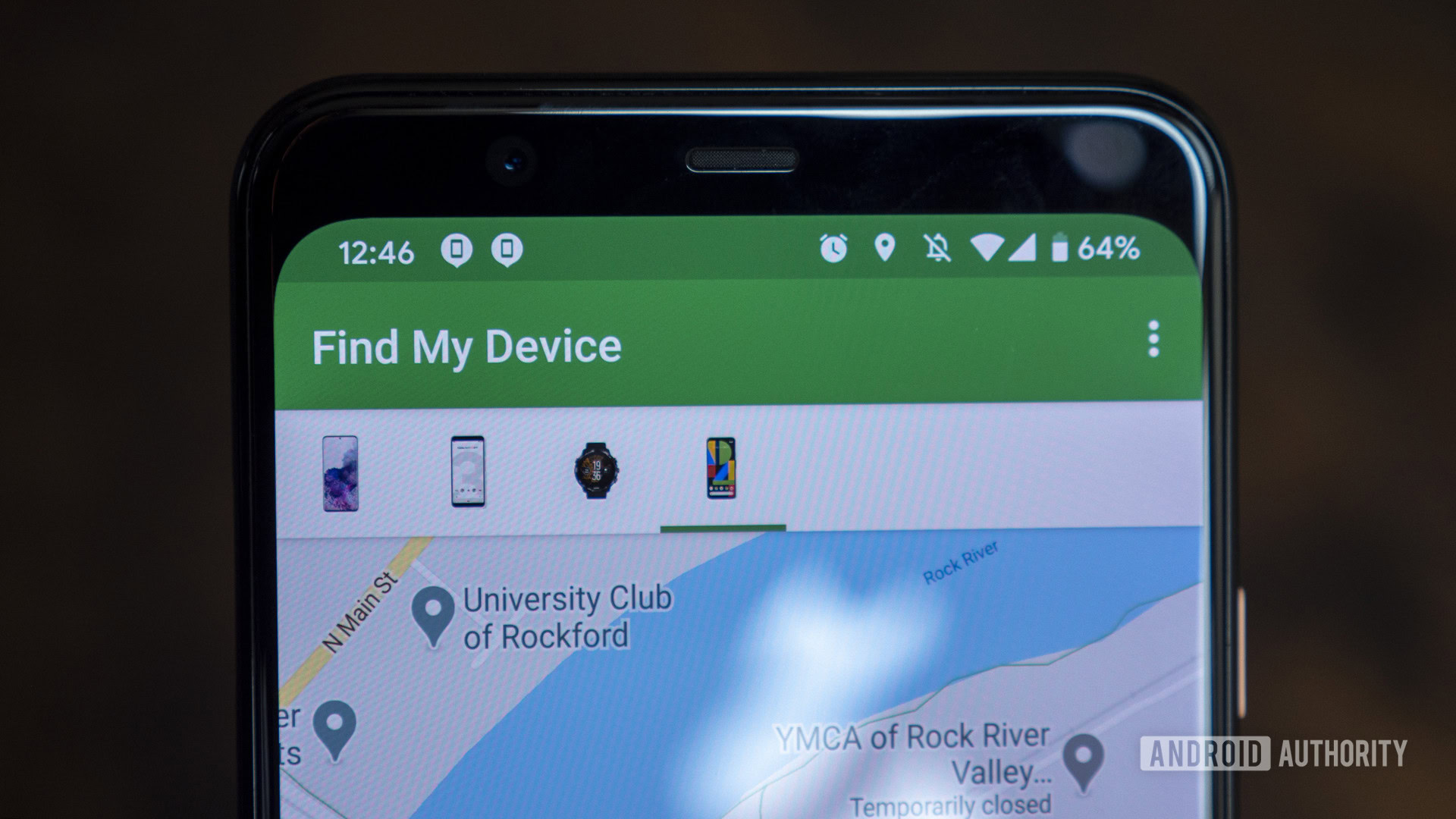Affiliate links on Android Authority may earn us a commission. Learn more.

OnePlus co-founder Pete Lau announced yesterday that OnePlus is becoming part of Oppo, as part of a quasi-merger, suggesting that OnePlus is now a sub-brand.
What happened:
- The CEO of OnePlus, Pete Lau, announced the decision on the OnePlus community forum in a statement that really left us with more questions than answers.
- Lau acknowledged previous moves which saw the companies’ R&D teams merged and now things are getting tighter.
- “After seeing positive impact from those changes, we’ve decided to further integrate our organization with Oppo,” said the statement.
- “With this deeper integration with Oppo, we will have more resources at hand to create even better products for you. It will also allow us to be more efficient, for example, bringing faster and more stable software updates for OnePlus users,” Lau elaborated.
- Lau added that OnePlus would “continue to operate independently.”
What does it all mean?
- Sorry. I wish I could say. It’s vague.
- We’ve known that OnePlus and Oppo have worked together on devices since OnePlus began.
- The change now appears to stem from Pete Lau joining Oppo directly to oversee product strategy as chief product officer back in May 2020 and later became senior vice president at the parent company.
- It seems like Lau is saying there’s more wood to be put behind less arrows, but we have so little to go on.
Arguments both ways:
- This could be bad news: Fans of OnePlus don’t necessarily want it to be closer to Oppo, as it was at its best when striking out on its own. With its identity rapidly shifting away from the old flagship killer approach, OnePlus fans might see this as another bad sign of the company becoming just another Android maker.
- But in a best case scenario, OnePlus fans might be getting more of what makes Oppo good; it is one of the industry leaders in terms of hardware R&D.
- On the other hand, OnePlus has recently caused suffering by releasing unstable, problematic software updates.
- Pete Lau’s continuing leadership and oversight would appear to be a good thing.
- And as he directly acknowledged, the “faster and more stable software updates” may solve some problems that OnePlus has beenfacing.
- The OnePlus Watch release was a disaster, too, while the Nord line hasn’t quite relived the glory days of cheap, cheerful, and value-packed devices.
- One good detail: A company representative told Android Authority there’ll be no changes OnePlus’ OxygenOS: “As it pertains to software, OxygenOS will remain the operating system for global OnePlus devices outside of the China market.”
- But, overall, Pete Lau’s blog post really didn’t give us enough detail, and that could be seen as a bad sign in itself. The best ideas have clarity.
📦 Ouch: Amazon removed another major accessory maker for paying for reviews, RavPower joining Aukey and Mpow in purgatory (Android Authority).
⚡ Camera maker Leica is now a smartphone maker, with the launch of its first smartphone with a huge sensor. It’s basically a Leica-branded Sharp Aqous R6 (Android Authority).
👉 Here’s a cool little peek at Google’s first permanent retail store in NYC. Someone from the team will be in store this week to check it all out, too (Android Authority).
💪 Motorola may revive a ‘classic’ rugged Android phone from the Defy range (Android Authority).
❌ Proposed law would help you cancel shady subscriptions (Android Authority).
🍎 Apple has reportedly considered launching its own primary healthcare service (Engadget).
🎙 Spotify launches its live audio app and Clubhouse rival, Spotify Greenroom (TechCrunch).
🍏 The ultrathin new iMac lost a lot more than size: “A half-inch desktop computer shows how Apple’s obsession with thin design can work against us” (Washington Post).
📉 Oh boy: Why you’re probably not getting a Switch Pro this year (Gizmodo).
🚗 Waymo raised another huge amount of money: $2.5B for continuing to push autonomous vehicles (Yahoo).
🎮 Forget trailers: The best upcoming games you could actually play at this year’s E3 (Ars Technica).
🍪 A new HTTP spec proposes elimination of obnoxious “cookie banners”, and thank goodness (Ars Technica).
⛽ BMW’s i Hydrogen Next fuel cell vehicle starts testing in public (CNET).
🔴 The Great Dimming of Betelgeuse was caused by star gases after all (Engadget).
🧊 “How deep can water be before the water at the bottom starts to phase change from liquid to solid?” (r/askscience).

Tomorrow will mark nine years since Microsoft announced it was getting into PC hardware via the Surface line.
- On June 18, 2012, former CEO Steve Ballmer announced the Surface as Microsoft’s first PC designed and distributed by itself.
- At the time, the ARM-based device was billed as an iPad rival, to be built around the yet-to-be-released Windows 8.
- Microsoft managed to keep things quiet, with an air of secrecy around the mystery event hosted in Los Angeles.
- Funnily enough, a year later, Microsoft’s efforts were being panned: its stock fell 7% to $33.10 on July 19, 2013, with the value of the Surface line largely written off. (Holders have done ok since: Microsoft closed last night at $257.38.)
- But exactly how the Surface line has performed over the years and the impact it’s had is interesting to consider.
- The higher-powered non-iPad competitors were more of a triumph than the iPad-like devices, and Microsoft made genuinely brilliant devices.
- It’s also seen the rise of Panos Panay within Microsoft, who talked about the past and future of Surface back in 2017 with TechCrunch. A lot of what is talked about has disappeared (voice computing via Cortana), but the idea he talks about here, where he says Microsoft wasn’t trying to compete “but raise the tide,” in the “rising tide lifts all boats” analogy
Cheers,
Tristan Rayner, Senior Editor.

